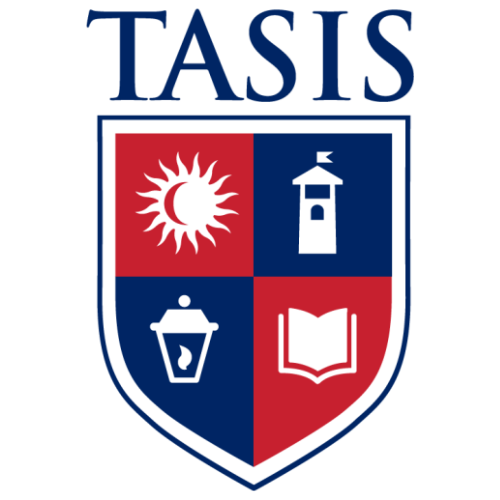by Mary Adams, AWC The Hague
‟Never let a serious crisis go to waste. And what I mean by that is it’s an opportunity to do things you think you could not do before.” ~ Rahm Emanuel
The COVID-19 pandemic has created the largest disruption of education systems in history, affecting nearly 1.6 billion learners in more than 190 countries and all continents. Closures of schools and other learning spaces have impacted 94% of the world’s student population, up to 99% in low and lower-middle income countries.1 Ironically, this pandemic has also stimulated innovation within the education sector to collectively reimagine public education systems to be more agile, flexible and resistant to future global crises. Today, equal access is not only about students with a lack of access to resources and enabling environments; it is now an issue for every student in the world. This global crisis has also highlighted that the future of learning cannot be separated from the social imperative of leaving no one behind.
 The COVID-19 crisis has forced every country to understand that learning is supported not only by facilities and content, but also by an ecosystem of people, from students to teachers to families to administration. The pandemic has actually brought diverse parties together to take action and move education from the back of the agenda to the forefront. Countries are now forming more robust education policies to encourage a variety of non-digital learning channels such as TV and radio, take-home packages for parents and training to help teachers thrive in the virtual classroom. While there is no single education initiative that will achieve the same results everywhere, an important first step is understanding how technology is used based on specific local contexts and needs. This is where creativity can drive cooperation.
The COVID-19 crisis has forced every country to understand that learning is supported not only by facilities and content, but also by an ecosystem of people, from students to teachers to families to administration. The pandemic has actually brought diverse parties together to take action and move education from the back of the agenda to the forefront. Countries are now forming more robust education policies to encourage a variety of non-digital learning channels such as TV and radio, take-home packages for parents and training to help teachers thrive in the virtual classroom. While there is no single education initiative that will achieve the same results everywhere, an important first step is understanding how technology is used based on specific local contexts and needs. This is where creativity can drive cooperation.
The Brookings Institution believes that technology innovation in schools, teaching and learning has been significantly limited. COVID-19 has stimulated them to develop a new strategy about how education technology can play a bigger role to ensure that schools remain resilient in the long term. While some countries can monitor the use of digital platforms, understanding the take-up and effectiveness of non-digital channels that can reach more vulnerable children remains a challenge and will hopefully inspire innovative solutions.
This type of unified global thinking can lead to the future of education we want: inclusive change in education delivery. One example of enlarging the scope of equal access comes from the Global Partnership for Education (GPE). GPE is the largest global fund solely dedicated to transforming education in lower-income countries to provide a quality education for every child. In May 2020, the GPE awarded a $20 million grant to Pakistan to strengthen its government’s capacity to respond to and recover from the COVID-19 crisis. This grant is focused on vulnerable children, particularly girls, who live in remote areas with limited access to technology. The concept is that helping the most vulnerable students serves the greater good to formalize distance education as an alternative method of instruction and a that it is a viable option to reach the nearly 19 million students who were already out of school before the pandemic. Perhaps, in the long run, this will be the silver lining in the COVID-19 cloud.
– Read more about the GPE/Pakistan project
– Check out the Brookings Institution Podcast
– Download the Brookings Insitution's Technology Playbook
1 Policy Brief: Education During Covid-19 and Beyond, United Nations. (August 2020)
Image courtesy of Unsplash


